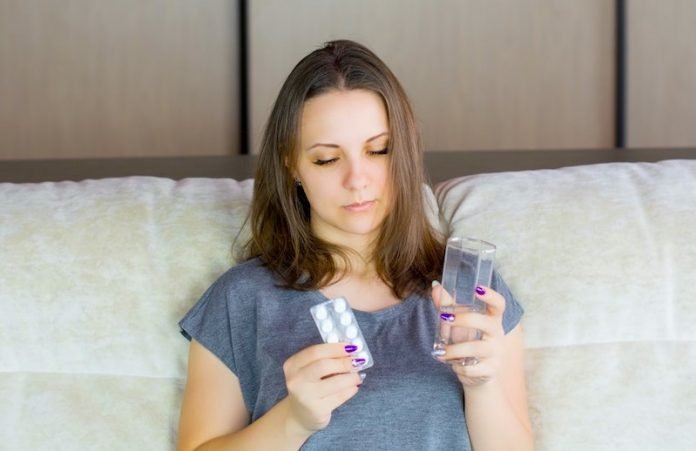
Scientists from the Luxembourg Institute of Health found that six in ten people with COVID-19 still have at least one symptom a year later.
They also found that COVID-19 symptoms that don’t clear up after 15 weeks are likely to last at least a year.
The research was presented at the European Congress of Clinical Microbiology & Infectious Diseases and was conducted by Aurelie Fischer et al.
An estimated 25-40% of people with COVID-19 develop long COVID—persisting symptoms that can affect multiple organs and include mental health problems.
In the study, the team surveyed almost 300 people a year after they were diagnosed with COVID-19.
The 289 participants (50.2% women) had an average age of 40.2 years and were divided in three groups, based on the severity of their initial infection: asymptomatic, mild and moderate/severe COVID-19.
They were asked to fill in a detailed questionnaire about whether they were experiencing 64 common long COVID-related symptoms.
The team found six in ten (59.5%) participants had at least one long COVID symptom a year after their initial infection, with fatigue, shortness of breath and irritability the most common.
A third (34.3%) were experiencing fatigue a year on, 12.9% said respiratory symptoms were affecting their quality of life and more than half (54.2%) had ongoing sleep problems.
Participants who’d had moderate/severe COVID-19 were twice as likely to still have at least one symptom a year than those whose initial infection was asymptomatic.
Having had moderate/severe COVID-19 was also linked to more sleep problems after a year than being asymptomatic (63.8% vs. 38.6%).
The team says participants with a mild form of the acute illness were more likely than those who’d been asymptomatic to have at least one symptom at one year, and to have sleep problems, but to a lesser extent than those with a moderate or severe acute illness.
One in seven participants (14.2%) said they could not envisage coping with their symptoms long-term. The persistence of symptoms was not associated with the pandemic wave.
The analysis also showed revealed that some groups of symptoms tend to occur together, suggesting that there are multiple different types of long COVID.
The study offers a detailed description of symptoms persisting one year after COVID-19, according to the initial disease severity.
Sign up for our newsletter for more information about this topic.
If you care about COVID, please read studies about people who have highest COVID-19 risk, hospitalization, and the key to stopping indoor COVID virus spread.
For more information about COVID, please see recent studies that vitamin D3 could help people fight COVID-19, and results showing new antiviral drug combo highly effective against COVID-19.
Copyright © 2022 Knowridge Science Report. All rights reserved.



